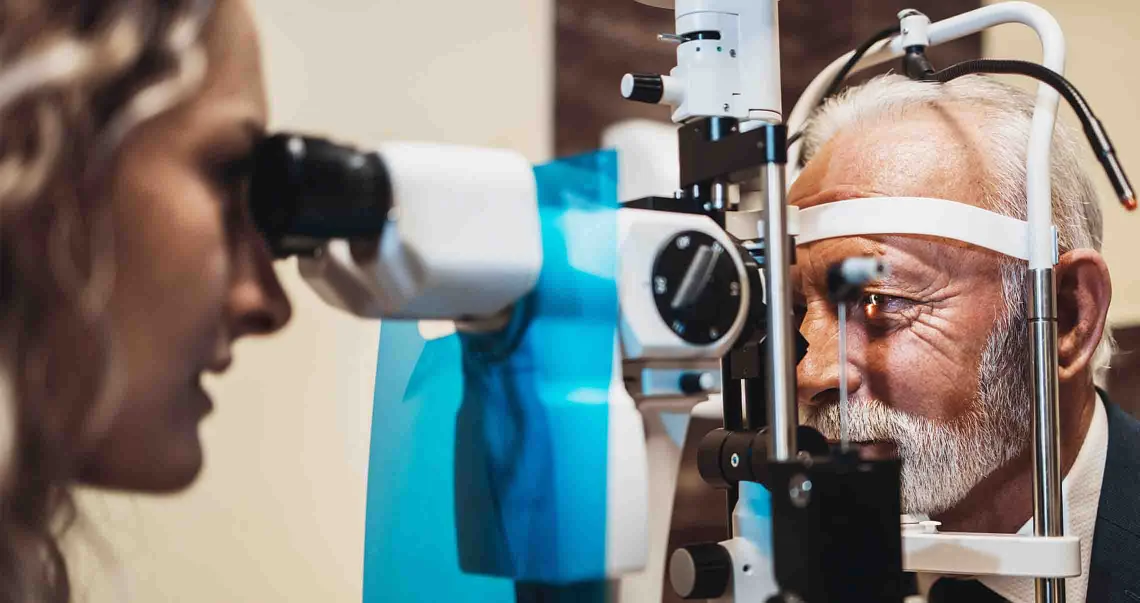Digital banking for business
Seamlessly access all of your accounts from one place with First Citizens Digital Banking for business.
When do you broach age-related macular degeneration treatment with your patients? Because it's a condition that affects more than 15 million Americans each year, there's no time like the present. Now is the perfect opportunity to educate patients on the topic and help them take steps to reduce its impact.

This also means you'll want to create a plan for your practice to incorporate more testing to diagnose this problem. Here are some key questions to keep in mind as you do so.
As a progressive disease with few treatments, age-related macular degeneration, or AMD, is the leading cause of low vision and blindness in Americans aged 60 or older. Those living with AMD might not even realize it because symptoms don't often appear in the early stages of the disease.
As AMD progresses, patients experience a blurring of their vision or the appearance of wavy areas in their central field of vision. These effects have a strong influence on a person's ability to perform up-close tasks, read and drive, which can have a significant impact on quality of life.
Because AMD often isn't detected until symptoms are more severe, age-related macular degeneration treatment options are limited and patients usually suffer a permanent degree of vision loss. This makes testing key for early detection. The sooner the condition is diagnosed, the earlier you can start patients on age-related macular degeneration treatment and help limit further vision loss.
Testing can also be seamlessly integrated into annual eye exams for age-appropriate patients. February is Age-Related Macular Degeneration and Low Vision Awareness Month, making it an ideal time to launch an AMD education and prevention campaign.
You can also start asking screening questions during regular exams to help identify patients at higher risk for developing AMD. Some of those risks include:
Testing can help you take better care of your patients and help prevent unwelcome lifestyle disruptions when AMD isn't detected early.
You can't start to discuss age-related macular degeneration treatments until you have a proper diagnosis. If your practice doesn't already have the necessary diagnostic equipment, consider making an investment in the following equipment.
Because the cost of this technology can be high, it's a good idea to explore both equipment financing and leasing. A specialty equipment purchasing or leasing calculator may also help you compare financing options that best fit your practice.
Always consider how each option affects your cash flow and reserves, as well as how you'll incorporate testing into routine eye exams to make the most of your investment. By completing a thorough financial analysis and considering the marketing opportunities for optometrists, you can see what options work best for your practice while building out a program to help your patients see well into their futures.
Email Us
Please select the option that best matches your needs.
Customers with account-related questions who aren't enrolled in Digital Banking or who would prefer to talk with someone can call us directly.